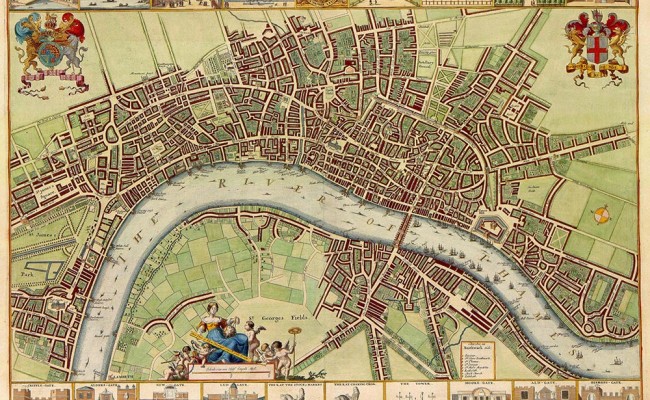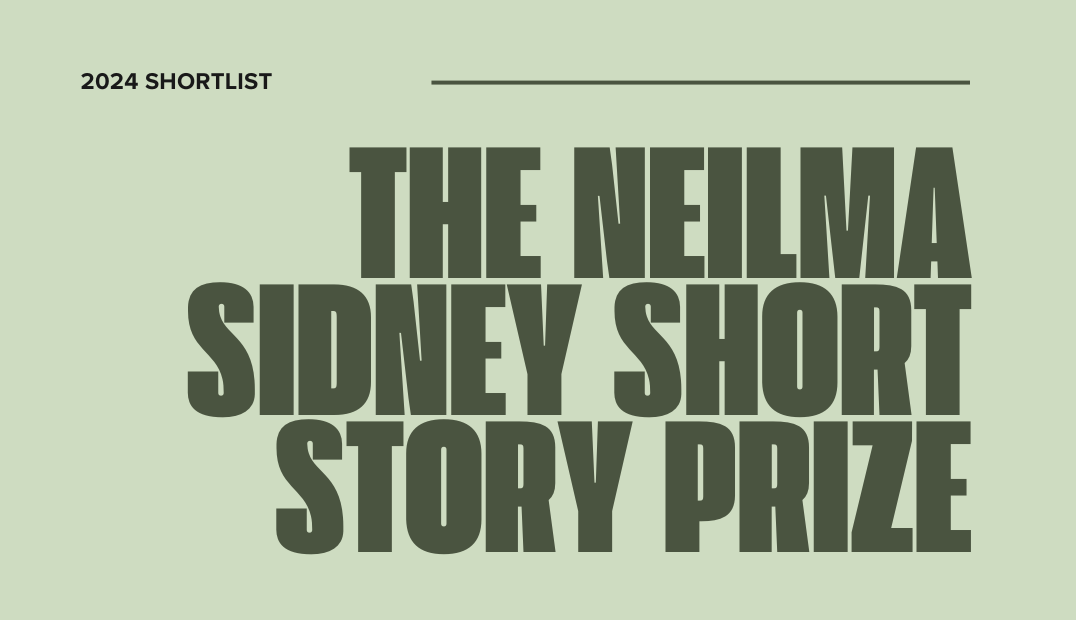As I travelled across London on the District Line, there was a snippet of text running through my mind: ‘The primary question ecology faces today is whether an ecologically oriented society can be created out of the present anti-ecological one.’

Faiza Shaheen of the New Economics Foundation introduces her ‘inequality’ themed walk at Iniva Gallery Shoreditch
I was off to Aldgate East and the Whitechapel Gallery to consider possible answers to this question (among others) with the Walking Reading Group on Participation (RWGP), an all-women artists’ collective re-imagining London’s urban fabric. On what had become a regular Wednesday evening sojourn since I relocated to London three months ago, I was about to embark on the fourth and final instalment of a series of curated walks around the metropolis, a walk that asks important questions about participation, engagement, collaboration and social practice in this and other global cities.
In a city defined by its linkages with the global economy, the idea of the Walking Reading Group is potentially revelatory. The practice is to engage in a discussion of selected thematic readings while walking a pre-planned route through the city. This simple idea serves to engender a dialectic between the physical environment and the social sphere, where the landscape informs the texts and the texts inform the landscape. It is through this engagement that the practice offers potentially new readings of the city and our place within it, readings different from the dominant narratives of ‘progress’ based on inter-city competition for speculative financial activity and the blandness of pre-packaged tourist experiences. While some of the assigned texts speak directly of the places we are walking, fictionally or otherwise, others are concerned with more theoretical or abstract ideas – above the city itself, as it were.

Swapping walking partners in Hackney Marshes
Both complicate the urban fabric with history and conflicts, providing alternative conceptualisations of places beyond the bland abstraction of real estate driven commercialisation. There’s Chomsky and Naomi Klein, the graphic novels of Laura Oldfield Ford, and old maps of East London. There are ecologists and deep ecologists, social historians, videos and images – a world of new things with which to consider my surroundings as I walked and talked.
In the first three guest-curated walks I was invited to consider the social-historical fabric of Dalston in East London and whether the current artist-led gentrification of this once working class area threatens the heterogeneity of history with the blandness of faux-bohemian ‘digital creatives’. Faiza Shaheen of the New Economics Foundation took me through the financial centre of London (the eponymous ‘City’) and into the poorer areas of the culturally-diverse Whitechapel. Both places are loci, resting points for the defining movements of our current age; financial flows and the flows of human migration. I traversed through the new Westfield in Stratford (to my antipodean shame) and into the 2012 Olympic site, accompanied by the words of J G Ballard and the promotional video of the developer-cum-Local Government Authority. That day, the artist/educator Rebecca Beinart curated the walk, exploring the connections between art, ecology, politics and place.
This practice of walking and exchanging with multiple conversation partners across an urban space informed by texts offers a fascinating intervention into what geographer Edward J Soja has labelled the ‘socio-spatial dialectic’. Put simply, Soja asks if the physical construction of a space or world serves to determine human behaviour and power structures or whether space is merely an empty container upon which the social relations of humanity play out. Can cities be built and engineered to be more equitable or is their physical construction merely reflective of the financial and speculative demands of global capital? The RWGP directly and physically negotiates the dialectic between agency and determinism through the practice of walking and engaging with the urban form.
I put the idea of the socio-spatial dialectic to two members of the collective, Lydia Ashman and Ania Bas, over a pint after one of the walks. Ania said, ‘Cities are not built overnight and both power are in place – cities influence us, we influence cities.’
She added that another important element of the walks involves ‘challenging the increasing privatisation of space and the city’. This is achieved not only via open access to the walks and texts but also the reclamation of urban space through the act and path of walking itself. As Lydia reminded me, ‘thirty people walked through Westfield without engaging with the shops or the sales people or the space in the way in which the designers of the shopping centre intended us to.’
It was true. As we walked through that most ubiquitous of contemporary Australian places, the familiarity of the Westfield layout was challenged by my walking partner reading JG Ballard from the notebook handed out to us to inspire conversation:
I felt that I was on the stage of a cast opera house, surrounded by a circle and an upper circle packed with spectators. Everything seemed dramatized, every gesture and thought. The enclosed geometry of the Metro-Centre focused an intense self-awareness in every shopper, as if we were extras in a music drama that has become the world.
It was an apt quote and as we snaked our way through the shopping centre, a line of fifteen pairs, swapping conversation partners and discussion themes, one wondered whether the physical environment might be reworked by conscious human endeavour.
So while the RWGP may be conceptualised as an intervention in Soja’s socio-spatial dialectic, it’s also a lot of fun. It is not a passive tour of London; a key to the success of the RWGP is that it’s deliberately active and social – and decidedly unpretentious. I’ve written previously about the oft drabness of alternative politics (insert link) and the vacuousness of ‘pop-up’ and ‘hashtag’ culture that dominates the urban imagining in the developed world. So while RWGP involves challenging texts and ideas, it is also about social interaction, with each walk beginning with the joyful affirmation, ‘If I can’t dance, I don’t want to be part of your revolution’.
Retiring to that other great English space (the pub) after the walk engendered a range of further conversations and interactions. I discussed urban geography with an old icon of Britpop, as well as talking about England’s chances in the upcoming World Cup with a retired civil servant. Ania said: ‘The idea was that walking in pairs in the cityscape and swapping … we understood from the very beginning that the exchanges will be very different for every pair. I don’t think we predicted that some of them are going to be so emotionally charged, important, formative, friendship-generating experiences.’
This is looking like a revolution of which I can be part.

Extract from Laura David Oldfield’s 2011 graphic novel, Savage Messiah
But to call the RWGP a radical political project is to perhaps overdetermine the practice. It initially emerged from dissatisfaction with traditional reading groups, or, as the artists tell me via e-mail: There was a level of disappointment … in the core of it – usually people with experience, knowledge, confidence speak and voice their opinions. Reading groups can feel like groups of adoration where no real knowledge is exchanged, or shared, or created.
But to call the RWGP a radical political project is to perhaps overdeterimine the practice. It initially emerged from dissatisfaction with traditional reading groups, or as the artists told me via e-mail:
There was a level of disappointment … in the core of it – usually people with experience, knowledge, confidence speak and voice their opinions. Reading groups can feel like groups of adoration where no real knowledge is exchanged, or shared, or created.
Beyond this attempt at horizontalism, I was left wondering what the broader applicability of the practice. Is it relevant everywhere, in smaller cities, or even rural settings? How do and how should we define ‘the city’ in any event?
But I also began to wonder who I would select to curate a walk, or what walk I would like to curate myself. What texts and what route would I pick through the streets of London, or Sydney? What would my friends and colleagues pick? How might engaging with the Reading/Walking method serve to render a new reading of the city, its social fabrics and hidden histories, to challenge the financial and speculative narratives of real estate and financial speculation? And I wonder how much more interesting and insightful this might be compared to the now simulacra of Buckingham Palace and the Sydney Harbour Bridge, which only serve to embed a particular and singular reading of our cities and our places in them.






